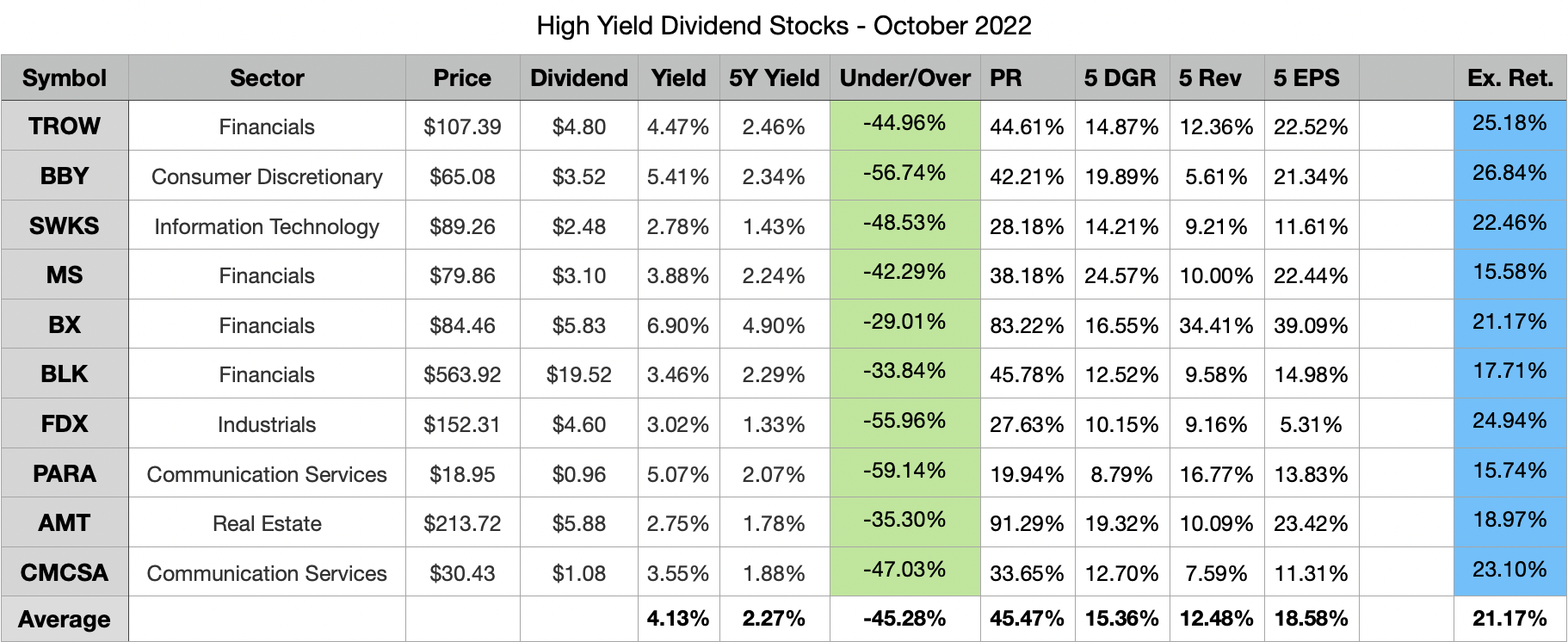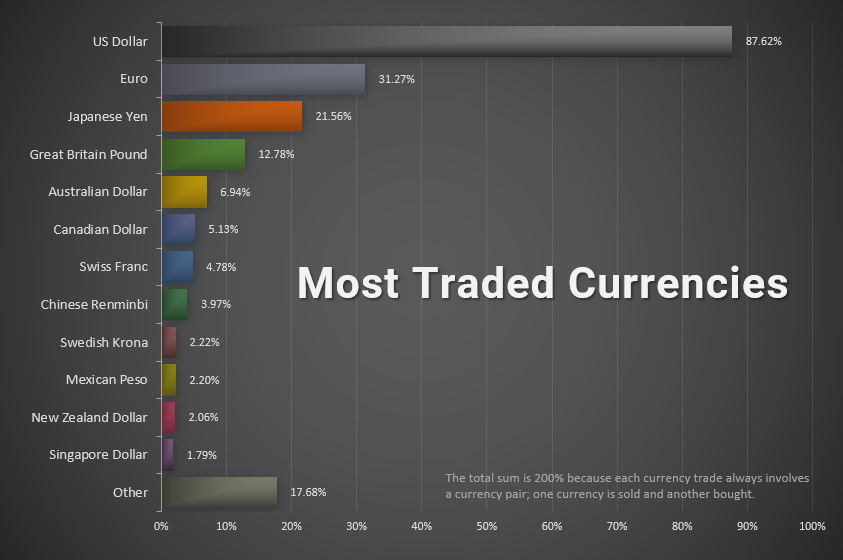
Stock trading is easy if you are new to it. The NASDAQ or NYSE have the best long-term stocks below $10. Robinhood and other online stock trading platforms offer access to both NASDAQ or the NYSE. Robinhood is a great option for beginners, while Webull allows you to trade more complexly and take deeper dives. This is an excellent way to invest in OTC markets, but without running the risk of losing everything.
Joby Aviation
Joby Aviation has the potential to revolutionize the way people get around. These aircraft are quieter and faster than other aircraft, and they also have a lower air traffic. With a future of robot pilots, the stock could grow to more than 100 times its current value. The stock is a long-term investment, but it comes with high risk. It is still considered a risky investment.

Nvidia
If you're looking for a stock that's a good buy over the long term, NVIDIA is an excellent choice. NVIDIA has a lot of growth potential, despite its recent fall. NVIDIA's third quarter revenue is expected to increase 50% by 2021 and its stock price could soar as high as 127%. In just five steps, you can make a long term investment in NVIDIA stock. You should ensure that trades are free from brokerage fees, and that the minimum balance is low. Here are some top brokerages offering NVIDIA shares.
Broadcom
Broadcom, a US Tech corporation that trades on NASDAQ as AVGO, can be bought for many reasons. It is best known as a global supplier in infrastructure software and semiconductor design. Its value is very reasonable, and its multiple is very low. It has a strong dividend and a great track record of shareholder-friendliness, qualities which are rare in Silicon Valley.
Kosmos
After a brief pause in drilling, Kosmos resumed drilling for Ghanaian oil in the fourth quarter in 2021. The company produced an average of 39,000 barrels each day. Although the company is on track for reaching its $700m free cash flow target in 2024, we recommend that you wait until the company sets a timetable and establishes capital return initiatives.

Amazon
Amazon is one of the largest retailers in the world, and it's also very affordable. While the company's growth is slowing currently, when it recovers it could be one long-term stock under $10. Amazon has experienced rapid growth. Additionally, Amazon is the biggest retailer in the entire world. You can be sure to get a great deal when you purchase Amazon stock.
FAQ
Can you trade on the stock-market?
The answer is everyone. There are many differences in the world. Some have better skills and knowledge than others. So they should be rewarded.
There are many factors that determine whether someone succeeds, or fails, in trading stocks. If you don’t know the basics of financial reporting, you will not be able to make decisions based on them.
So you need to learn how to read these reports. You need to know what each number means. And you must be able to interpret the numbers correctly.
You'll see patterns and trends in your data if you do this. This will help to determine when you should buy or sell shares.
You might even make some money if you are fortunate enough.
How does the stock markets work?
When you buy a share of stock, you are buying ownership rights to part of the company. The company has some rights that a shareholder can exercise. He/she may vote on major policies or resolutions. He/she can demand compensation for damages caused by the company. He/she may also sue for breach of contract.
A company can't issue more shares than the total assets and liabilities it has. It's called 'capital adequacy.'
Companies with high capital adequacy rates are considered safe. Companies with low ratios are risky investments.
What is a mutual-fund?
Mutual funds are pools or money that is invested in securities. They provide diversification so that all types of investments are represented in the pool. This reduces the risk.
Managers who oversee mutual funds' investment decisions are professionals. Some mutual funds allow investors to manage their portfolios.
Because they are less complicated and more risky, mutual funds are preferred to individual stocks.
What is a Stock Exchange and How Does It Work?
Companies sell shares of their company on a stock market. This allows investors to buy into the company. The price of the share is set by the market. It is typically determined by the willingness of people to pay for the shares.
Companies can also raise capital from investors through the stock exchange. To help companies grow, investors invest money. They buy shares in the company. Companies use their money in order to finance their projects and grow their business.
There can be many types of shares on a stock market. Some shares are known as ordinary shares. These are the most popular type of shares. These are the most common type of shares. They can be purchased and sold on an open market. Prices of shares are determined based on supply and demande.
There are also preferred shares and debt securities. When dividends are paid, preferred shares have priority over all other shares. If a company issues bonds, they must repay them.
Statistics
- The S&P 500 has grown about 10.5% per year since its establishment in the 1920s. (investopedia.com)
- US resident who opens a new IBKR Pro individual or joint account receives a 0.25% rate reduction on margin loans. (nerdwallet.com)
- Ratchet down that 10% if you don't yet have a healthy emergency fund and 10% to 15% of your income funneled into a retirement savings account. (nerdwallet.com)
- Even if you find talent for trading stocks, allocating more than 10% of your portfolio to an individual stock can expose your savings to too much volatility. (nerdwallet.com)
External Links
How To
How to open and manage a trading account
To open a brokerage bank account, the first step is to register. There are many brokers out there, and they all offer different services. There are many brokers that charge fees and others that don't. Etrade is the most well-known brokerage.
After opening your account, decide the type you want. These are the options you should choose:
-
Individual Retirement Accounts (IRAs).
-
Roth Individual Retirement Accounts
-
401(k)s
-
403(b)s
-
SIMPLE IRAs
-
SEP IRAs
-
SIMPLE SIMPLE401(k)s
Each option has different benefits. IRA accounts are more complicated than other options, but have more tax benefits. Roth IRAs permit investors to deduct contributions out of their taxable income. However these funds cannot be used for withdrawals. SIMPLE IRAs are similar to SEP IRAs except that they can be funded with matching funds from employers. SIMPLE IRAs have a simple setup and are easy to maintain. They allow employees and employers to contribute pretax dollars, as well as receive matching contributions.
The final step is to decide how much money you wish to invest. This is also known as your first deposit. Most brokers will offer you a range deposit options based on your return expectations. Based on your desired return, you could receive between $5,000 and $10,000. The lower end of the range represents a prudent approach, while those at the top represent a more risky approach.
Once you have decided on the type account you want, it is time to decide how much you want to invest. You must invest a minimum amount with each broker. The minimum amounts you must invest vary among brokers. Make sure to check with each broker.
Once you have decided on the type of account you would like and how much money you wish to invest, it is time to choose a broker. Before you choose a broker, consider the following:
-
Fees-Ensure that fees are transparent and reasonable. Many brokers will try to hide fees by offering free trades or rebates. Some brokers will increase their fees once you have made your first trade. Be cautious of brokers who try to scam you into paying additional fees.
-
Customer service - Find customer service representatives who have a good knowledge of their products and are able to quickly answer any questions.
-
Security – Choose a broker offering security features like multisignature technology and 2-factor authentication.
-
Mobile apps – Check to see if the broker provides mobile apps that enable you to access your portfolio wherever you are using your smartphone.
-
Social media presence - Find out if the broker has an active social media presence. If they don't, then it might be time to move on.
-
Technology – Does the broker use cutting edge technology? Is the trading platform simple to use? Are there any issues with the system?
Once you have selected a broker to work with, you need an account. Some brokers offer free trials while others require you to pay a fee. You will need to confirm your phone number, email address and password after signing up. Next, you will be asked for personal information like your name, birth date, and social security number. Finally, you'll have to verify your identity by providing proof of identification.
Once verified, you'll start receiving emails form your brokerage firm. You should carefully read the emails as they contain important information regarding your account. You'll find information about which assets you can purchase and sell, as well as the types of transactions and fees. Also, keep track of any special promotions that your broker sends out. These promotions could include contests, free trades, and referral bonuses.
Next, open an online account. An online account can be opened through TradeStation or Interactive Brokers. Both websites are great resources for beginners. When you open an account, you will usually need to provide your full address, telephone number, email address, as well as other information. After this information has been submitted, you will be given an activation number. To log in to your account or complete the process, use this code.
After opening an account, it's time to invest!